Timber frame houses are sometimes said to be too light to be strong. However, being lightweight comes with a number of advantages: simpler and cheaper foundations, thinner walls which means more usable space for the same floor area, better behavior during earthquakes. Romania is a country at high seismic risk and we have very bad memories of such events. It is therefore not surprising that, when people decide to build, they are interested in making their homes as resistant as possible. Wood, which is elastic and lighter than ordinary building materials, has the capacity to make houses of this structure earthquake-resistant.
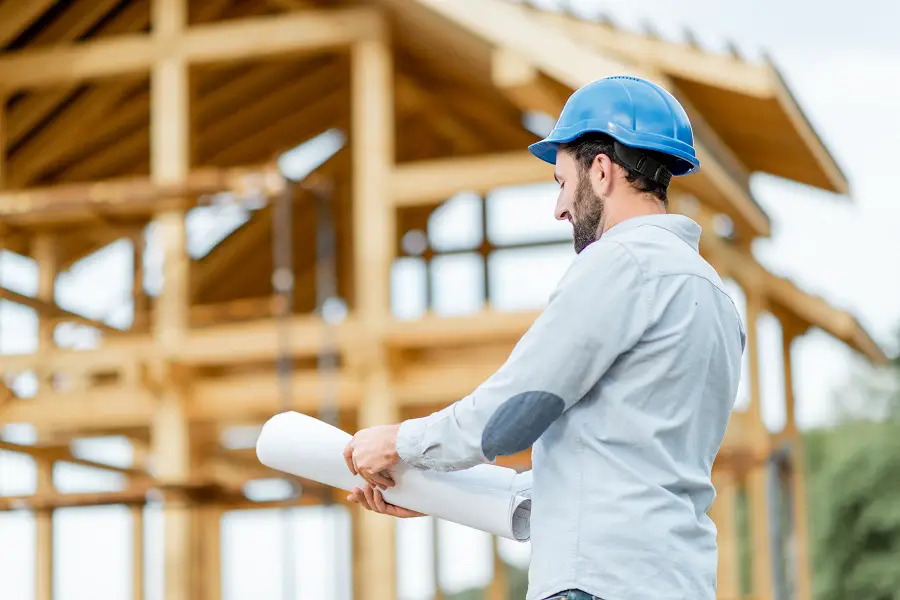
How earthquakes affect your home
Earthquakes occur due to geological phenomena. They have a central point, called the epicenter, from which shock waves propagate so that the quake is felt far away from the area where it occurred. These seismic waves cause the earth to move and with it, houses begin to move. The movement of the earth acquires a certain acceleration which, together with the weight of the house (its mass, to be precise), forms the seismic inertial force acting laterally on the walls. It is the most important force acting during an earthquake and the most dangerous. As a result, the walls collapse and the unsupported ceiling also collapses.
Seismic forces act on any building, no matter what material it is made of. Houses are therefore designed with this in mind. The earthquake resistance of residential and commercial buildings is regulated by Seismic design code P100, issued by the Ministry of Development, Public Works and Administration. According to these regulations, the elements of the resistance structure and their positioning are calculated in such a way that the building's response to earthquakes is optimal.

A wooden house is 3-4 times lighter than a concrete or brick one
The stability and strength of a building is determined by the mechanical strength of the material with which it is built. Wood has mechanical strength comparable to that of common building materials. For example, spruce wood has a compressive strength of 24 N/mm², slightly higher than that of ordinary brick or concrete, while oak is the same as high-strength concrete, with a compressive strength of 50 N/mm². In industrialized woods such as LVL or laminated beamsthe compressive strength is even higher.
But wood has a lower specific weight than the building materials mentioned above, and the difference is significant. For example, dry spruce wood has a specific weight of 405 kg/m³, while that of normal building concrete is 2200 kg/m³. This means that a wooden construction element is much lighter than a similar concrete or brick construction element of comparable compressive strength. The weight of the building elements is added to the total weight of the house, which means that a timber-framed house with the same mechanical strength as a concrete or brick one is much lighter. Experts say a wooden house is 3-4 times lighter than a concrete or brick one.
The seismic force acting on the house is directly proportional to its weight, and the heavier the house, the greater the seismic force. As a house built on a wooden structure is lighter than a concrete or brick house of the same strength, you will experience less seismic force in an earthquake.
Wood can warp without affecting its strength
Mechanical strength is not the only property of wood that impacts on earthquake resistance. Its elasticity, malleability and hardness are also important.
The natural ability of wooden buildings to return to their original shape after an earthquake has made them a popular choice in regions prone to seismic activity. Some centuries-old wooden buildings have remained standing after major earthquakes, while modern reinforced concrete buildings have suffered significant damage. As an example, the oldest wooden building in the world, a 5-storey pagoda in Japan, a seismically active country, is over 1000 years old.
The elasticity of the wood that forms the structure, together with the fasteners - screws, metal connectors, fasteners - gives the building the ability to deform and then return to its original shape, cushioning the force of the earthquake. The force dissipates and the building remains standing.
The malleability and hardness of wood are also important in an earthquake. Wood has the ability to withstand lateral seismic forces without deteriorating, and the fact that it is a hard material makes it resistant to impact or friction without failing.
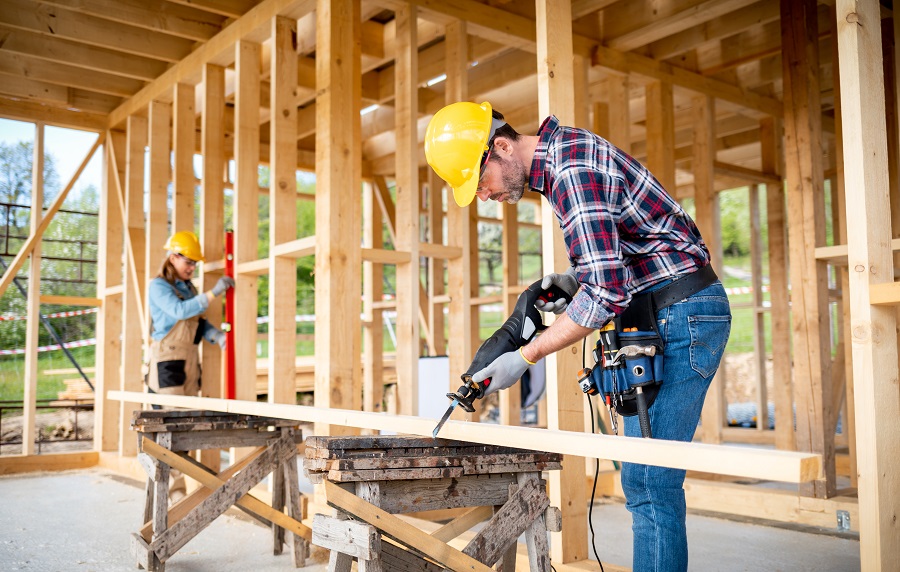
It's clear and proven that a wooden building is much more resistant to earthquakes than a concrete or brick one. Recent test have shown that a timber-framed building up to six storeys can withstand a 7.5-magnitude earthquake with very little damage. We can't make wooden buildings that high, the regulations still don't allow more than 3 levels (ground floor and 2 floors). But, if you want a new house, consider this option, as earthquake resistance is not the only advantage of wooden frame houses.



























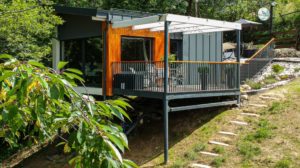


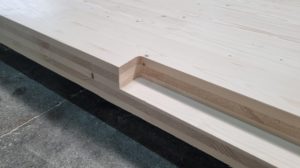
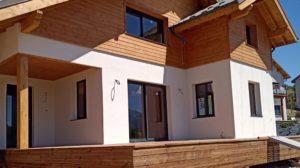




Add comment